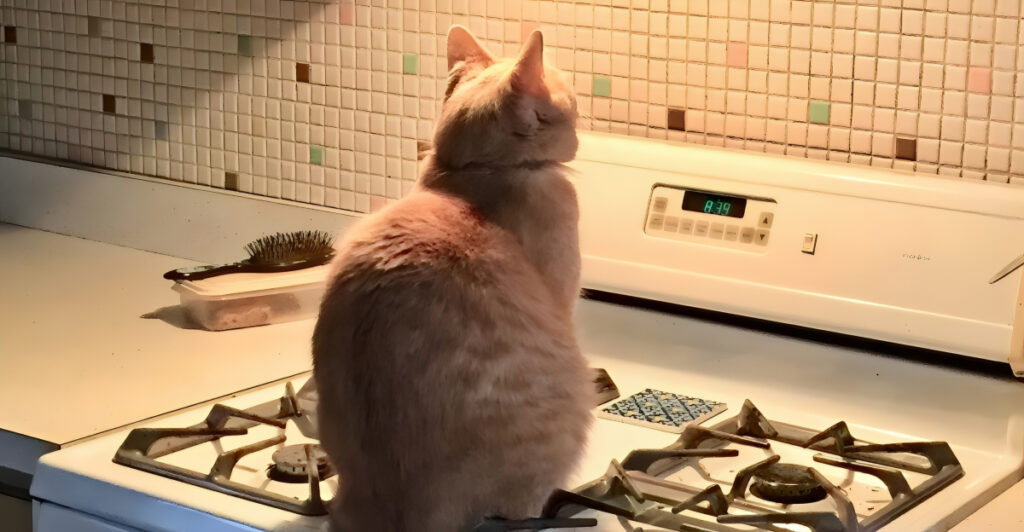
Cats are known for their independent and sometimes aloof nature, but what if your feline’s behavior is more than just a quirk? Understanding your cat’s attitude towards you is crucial for a harmonious relationship. Research shows that about 80% of cat owners misinterpret their pet’s behavior, often mistaking dislike for indifference or vice versa. Let’s explore the signs that your cat might not be your biggest fan and what you can do to change that.
If your cat actively avoids you, it might be a sign of discontent. A study conducted by the University of Lincoln found that cats who don’t trust their owners tend to avoid interaction, including not coming when called or leaving the room when the owner enters. This behavior may stem from inconsistent interactions or a stressful environment.
What You Can Do: Start by respecting your cat’s space. Try to build trust gradually with treats and gentle play sessions. Allow them to come to you rather than forcing interaction.
Frequent Hissing or Growling
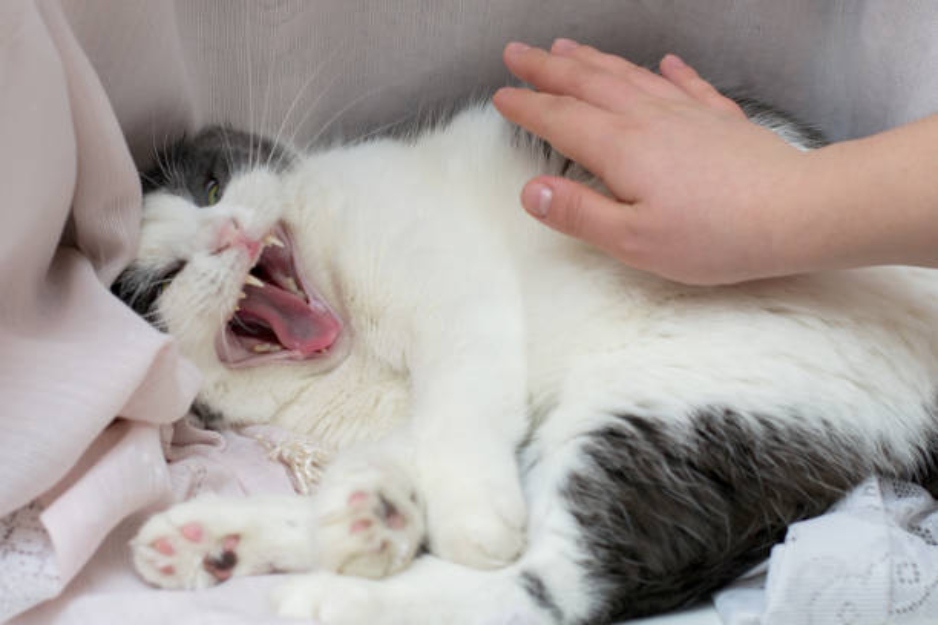
While occasional hissing can happen when cats feel threatened, frequent hissing or growling directed at you is a clear red flag. This could indicate that your cat feels unsafe around you. According to the American Society for the Prevention of Cruelty to Animals (ASPCA), these vocalizations are often signs of fear or aggression.
What You Can Do: Evaluate your actions. Are you startling your cat or forcing unwanted physical contact? Try to create a calm environment and avoid sudden movements or loud noises.
The Swipe: Scratching or Biting
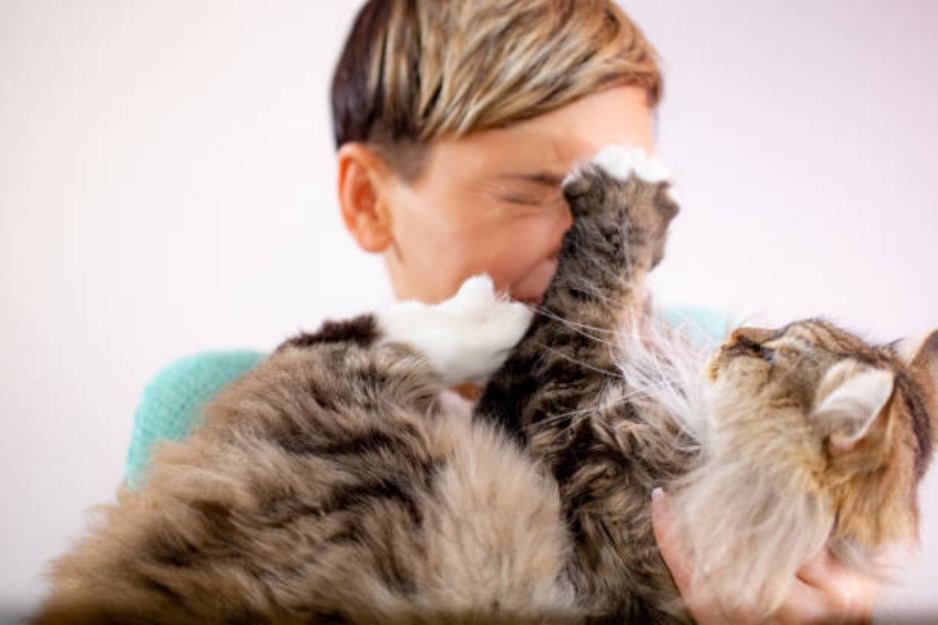
Aggressive behaviors like swiping, scratching, or biting can also signal dislike. A survey from the American Pet Products Association found that 25% of cat owners experience this kind of behavior, often due to overstimulation or perceived threats.
What You Can Do: Learn your cat’s body language to recognize when they’ve had enough interaction. Tail flicking, flattened ears, or dilated pupils are signs your cat is feeling overwhelmed.
Avoiding Physical Contact

Cats who dislike being touched, even by their owners, may avoid petting or refuse to sit on your lap. A study published in Scientific Reports highlighted that cats who weren’t properly socialized as kittens are more likely to avoid physical contact as adults.
What You Can Do: Slowly introduce physical contact. Start by petting them in their favorite spots, like under the chin or behind the ears, and observe their reaction. Never force cuddles.
Tail Talk: It’s Always Low or Puffed

A cat’s tail can be a powerful indicator of their mood. If your cat frequently holds their tail low, tucked, or puffed up, they might be feeling anxious or hostile. A high tail, on the other hand, often signals confidence and happiness.
What You Can Do: Monitor your cat’s tail movements during different interactions to identify stress triggers. Address these triggers to make your home more cat-friendly.
Litter Box Avoidance
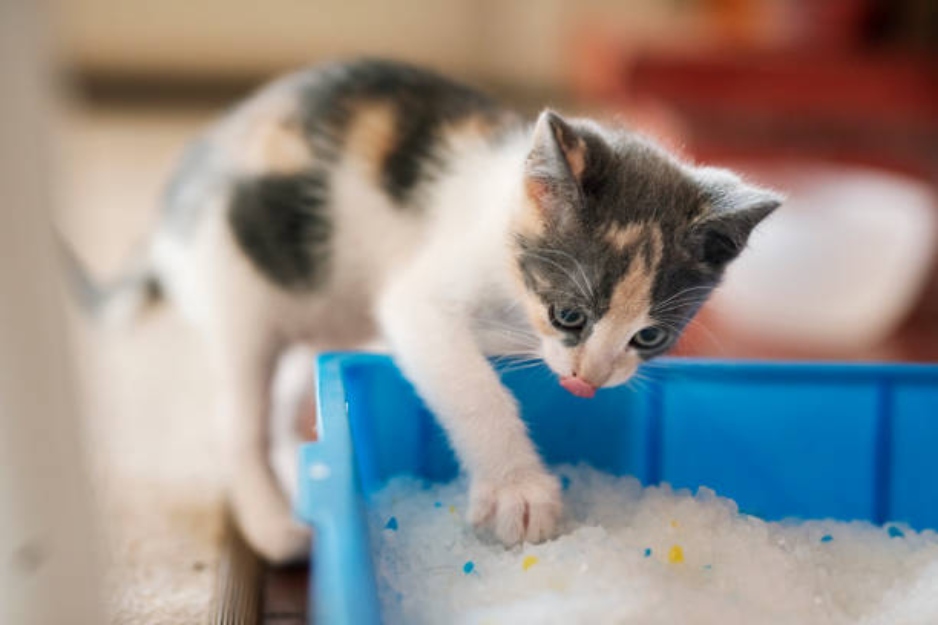
Cats are naturally clean animals, so litter box avoidance is often a sign of stress or dissatisfaction. The Humane Society of the United States notes that behavioral issues like these are common in cats who feel uncomfortable or unhappy in their environment.
What You Can Do: Ensure the litter box is clean and located in a quiet, accessible place. Multiple cats? Provide one box per cat plus an extra to reduce competition.
Ears Pinned Back
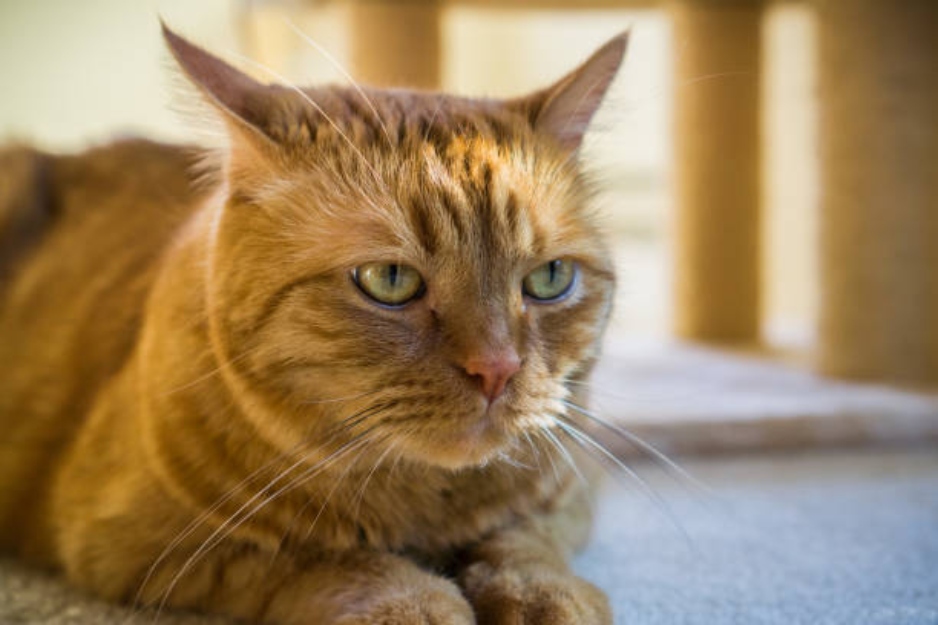
Body language speaks volumes. Cats who pin their ears back are often signaling fear, anxiety, or anger. This behavior can occur during petting or when you approach them.
What You Can Do: Take note of the situations when your cat pins their ears back. Avoid actions that provoke this response and focus on creating a positive and calm environment.
Refusing to Eat or Drink

Changes in eating or drinking habits can signal more than just a health issue; they might also indicate emotional distress. According to Banfield Pet Hospital, 15% of cats refuse food when they feel stressed or uncomfortable.
What You Can Do: If your cat shows a sudden disinterest in food, consult a vet to rule out medical issues. Otherwise, try offering their favorite treats or switching to a quieter feeding area.
Hiding or Isolation

If your cat spends most of their time hiding or isolating themselves, it could be a sign that they’re trying to avoid interaction with you. Cats who dislike their environment or feel threatened often retreat to secluded spots.
What You Can Do: Provide safe spaces like cat trees or cozy hiding spots in low-traffic areas. Let your cat come out on their terms to build confidence.
Unprovoked Knocking Over of Items

While knocking things over might seem like typical cat mischief, it could also be a way for your cat to express frustration or seek attention. Cats often engage in this behavior when they feel neglected or irritated.
What You Can Do: Engage your cat with interactive toys and scheduled playtimes to redirect their energy and provide mental stimulation.
Dilated Pupils and Staring
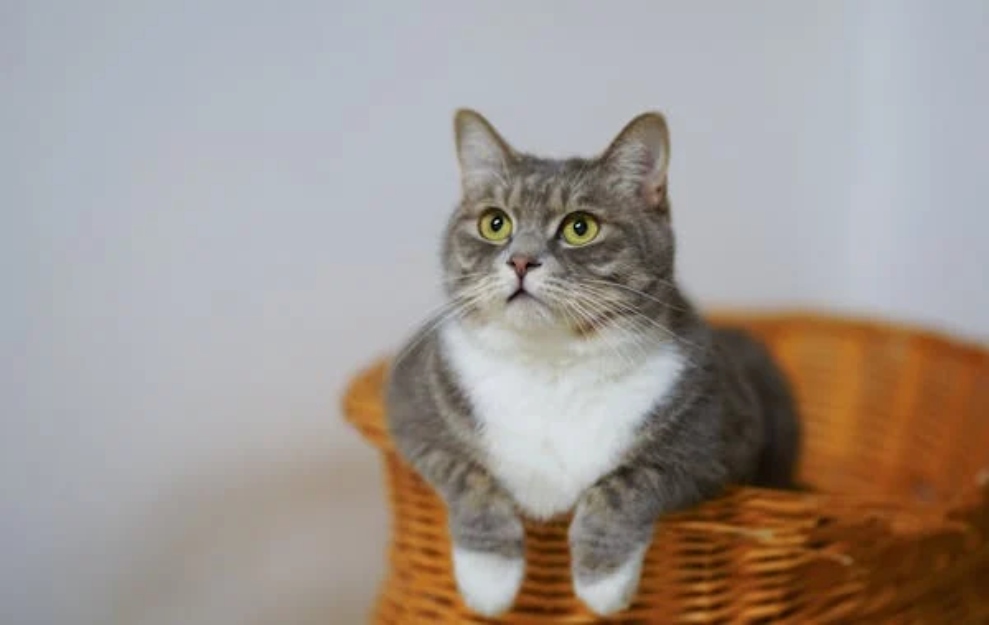
Cats often communicate through their eyes. If your cat frequently stares at you with dilated pupils, they might be feeling stressed or on edge. A 2023 study in the Journal of Feline Medicine and Surgery found that cats use prolonged stares to communicate discomfort or fear.
What You Can Do: Avoid direct staring contests, which cats might interpret as a threat. Instead, use slow blinks to show affection and reassurance.
Why Understanding Cat Behavior Matters
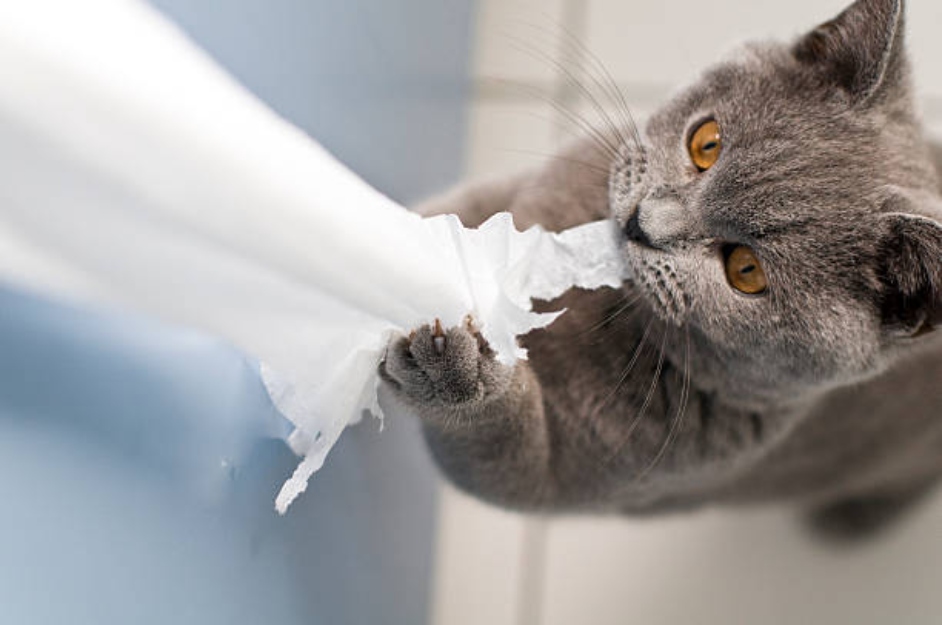
Misinterpreting your cat’s signals can lead to a strained relationship, making both you and your pet unhappy. Understanding their body language and habits is crucial for improving your bond. According to the Pet Food Manufacturers’ Association, over 60% of cat owners report stronger bonds with their pets once they understood feline behavior better.
Final Thoughts: Building a Better Relationship
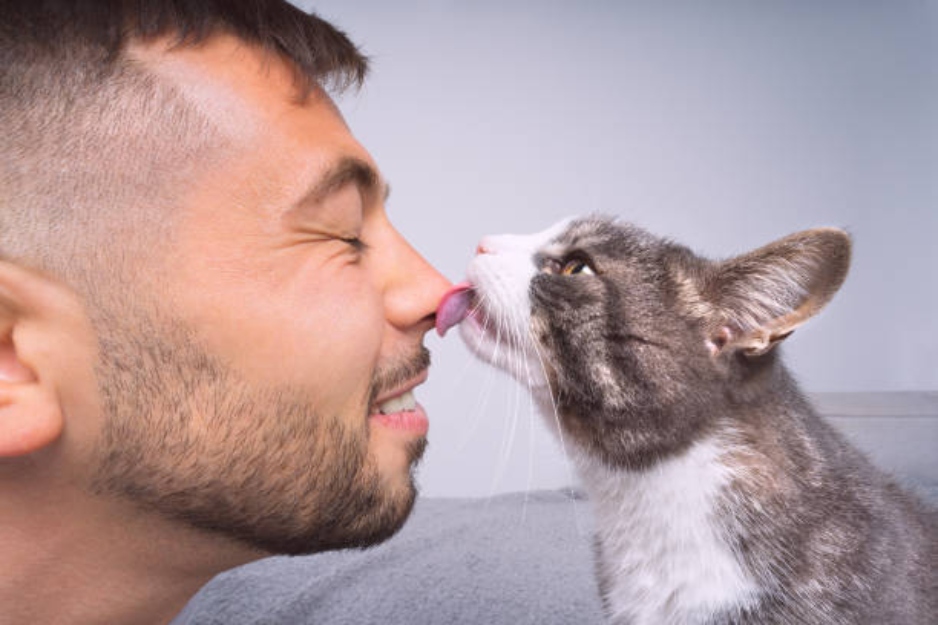
Cats may not always wear their emotions on their sleeves, but they communicate in their unique ways. Recognizing signs of discomfort or dislike is the first step toward fostering a healthier relationship. By being patient, observant, and willing to adapt, you can turn your feline’s frown (or hiss) into a purr.
Whether it’s offering a quieter space, respecting boundaries, or simply learning to understand their cues, small changes can make a big difference. Remember, every cat is different, and building trust takes time—but the reward is a loyal, loving companion who might just start to like you back.
Stay connected with us for more stories like this! Follow us to get the latest updates or hit the Follow button at the top of this article, and let us know what you think by leaving your feedback below. We’d love to hear from you!







